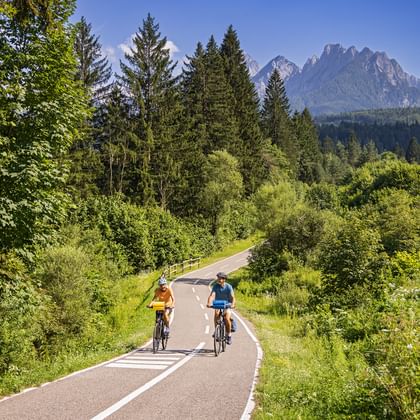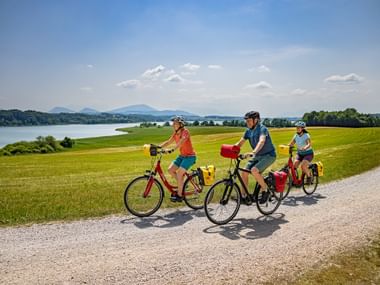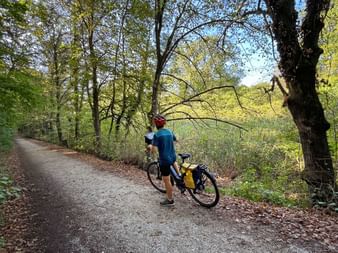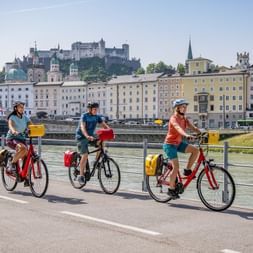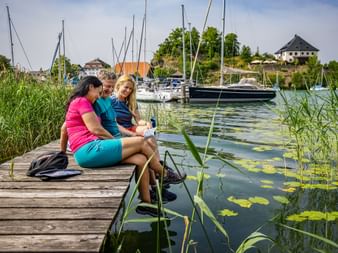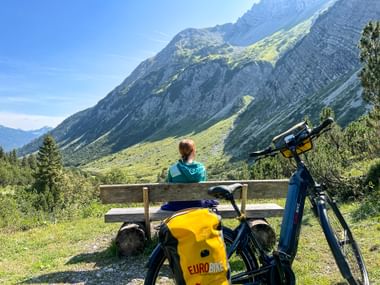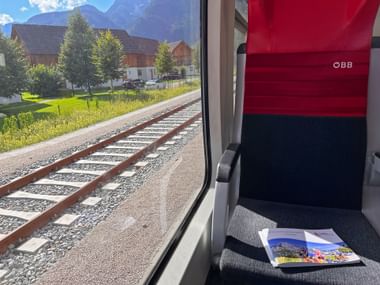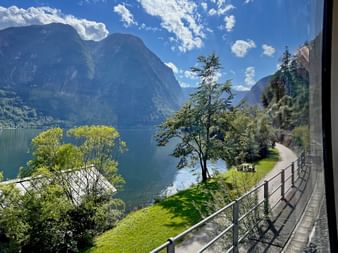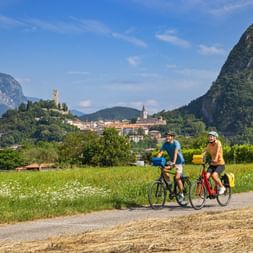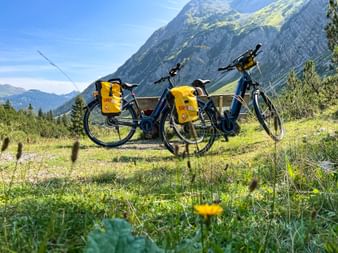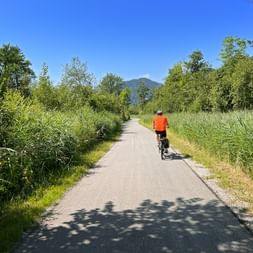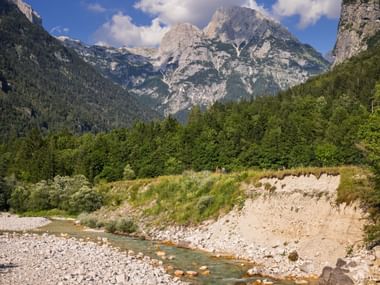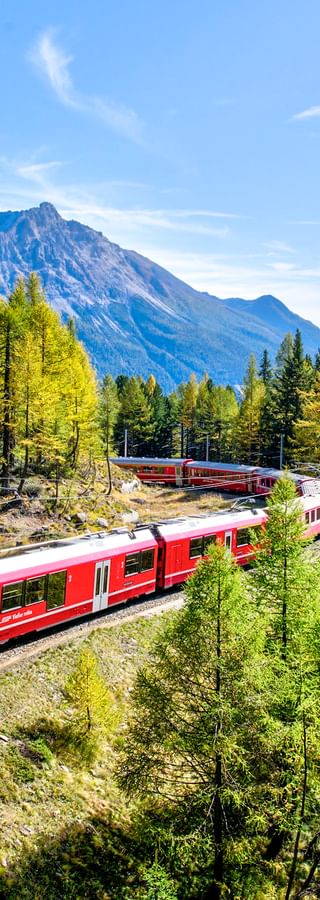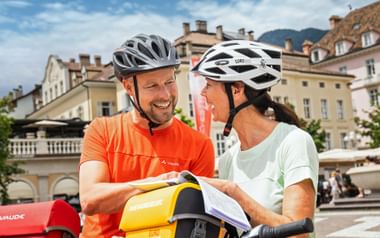Cycling has been trending for years, and bike tours are gaining popularity as well. What has long been commonplace in the Netherlands is becoming increasingly popular here too: people are using bicycles for their daily commutes. Few other modes of transportation boast such an impressive environmental record. It produces no pollutants, no noise, requires little space, and is great for health and fitness.
But how sustainable are cycling holidays when you don’t start right outside your front door? We’ve taken an in-depth look at the topic and summarized the key points for you.

